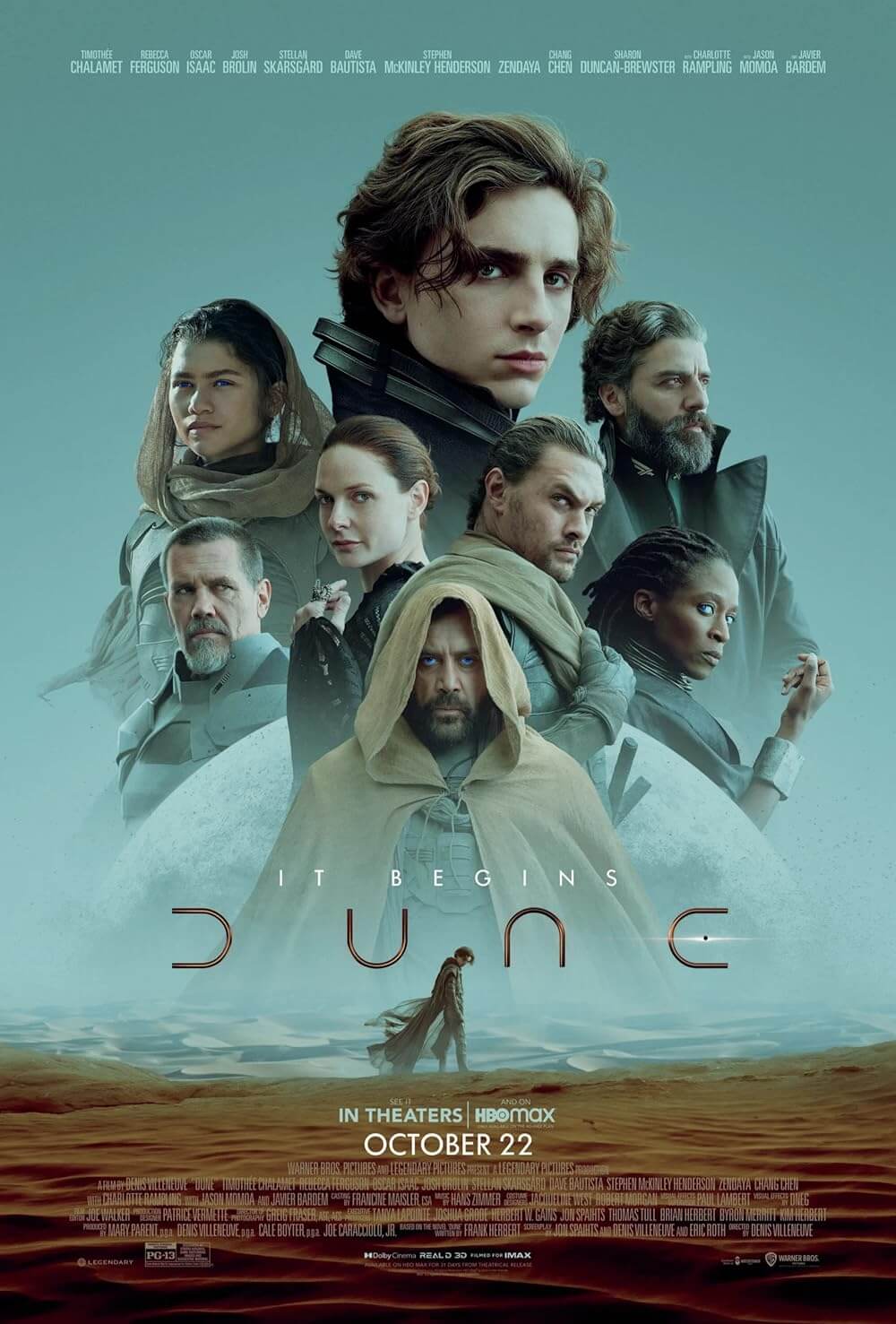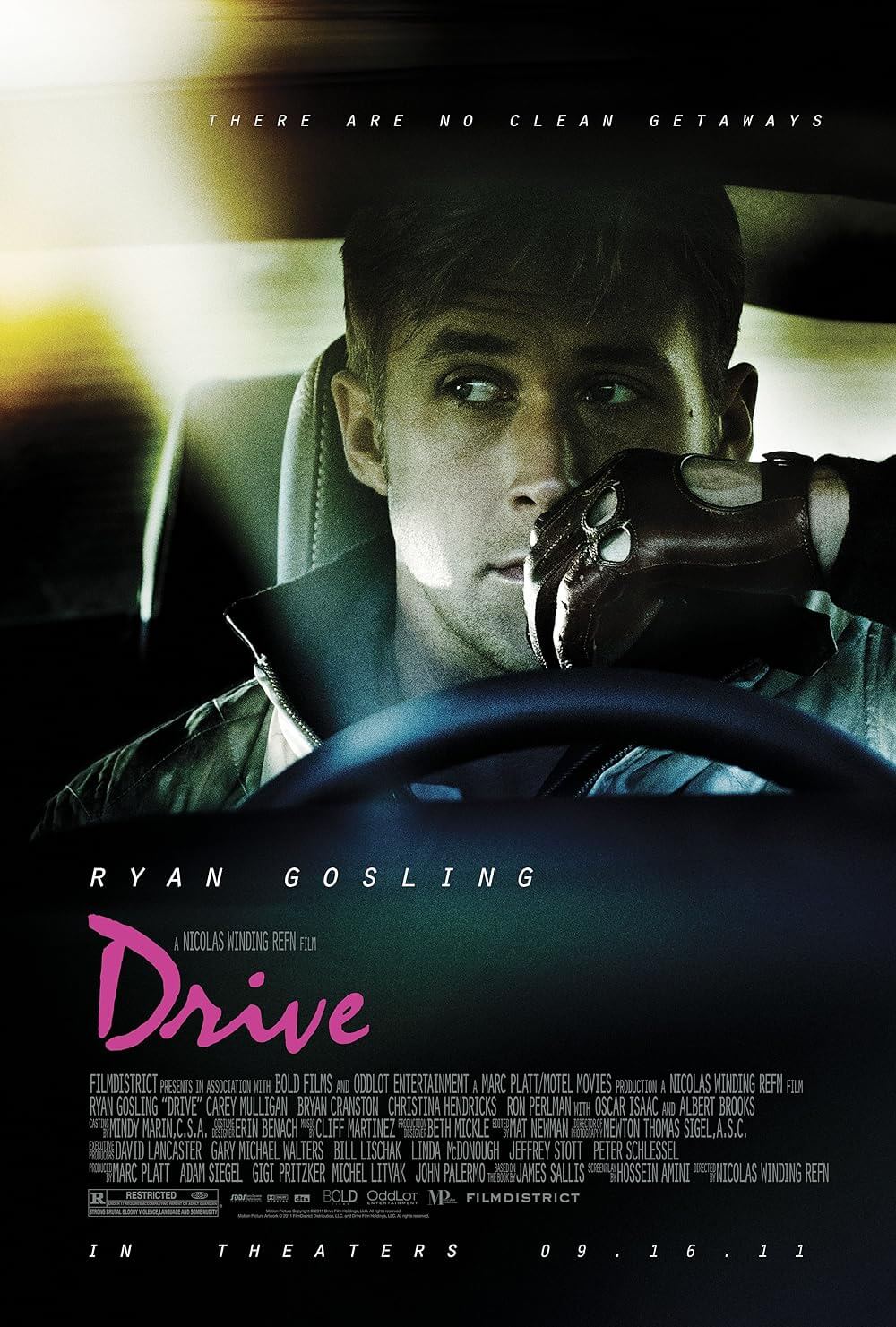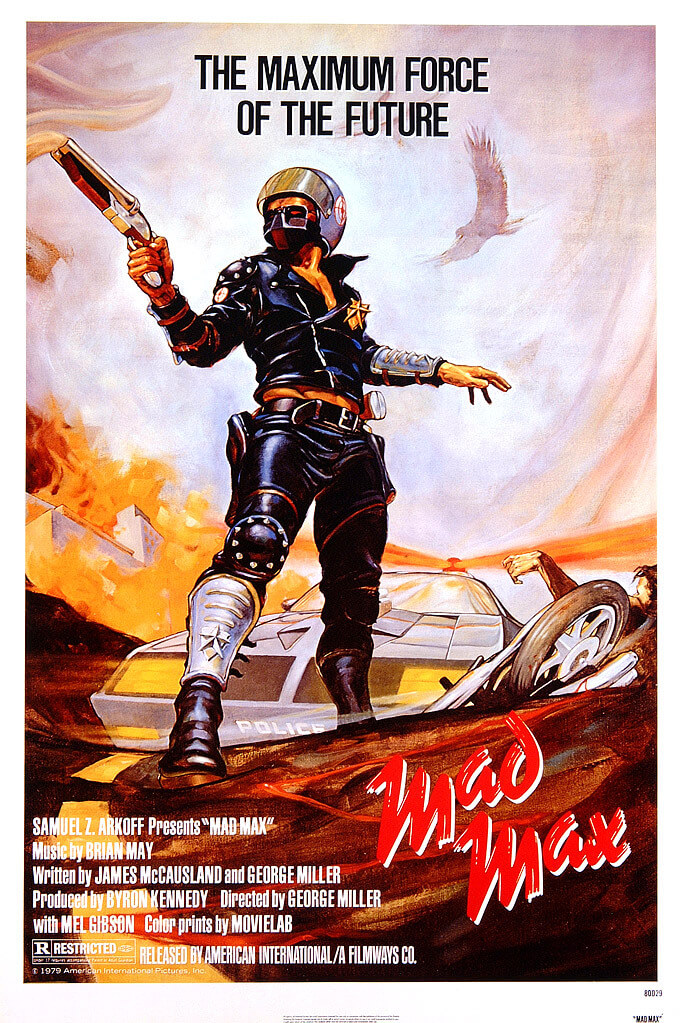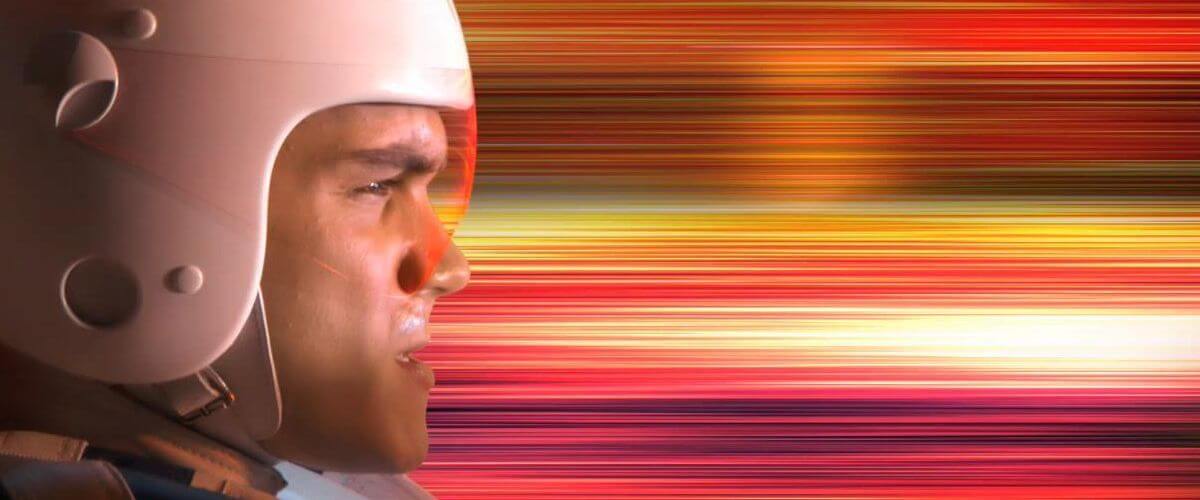
Speed Racer
By Brian Eggert |
The Japanese know it as Mach GoGoGo. Americans imported it during the mid-1960s. It’s been a source of retro clothes and throwback merchandising for years. Its popularity has incited several new television series, comic books, and toys galore. There’s even a catchy theme song, and those who’ve never seen the show could probably hum the chorus. Now, it’s a wondrous piece of eye-candy filmmaking by the Wachowskis. And though it may not be the popular opinion about the film, Speed Racer is unlike any film you’ve ever seen.
The story follows lifelong racer Speed (Emile Hirsch, from Into the Wild) on a journey to keep his modest suburban family whole. They’re a tight-knit unit: Pops (John Goodman) builds the family car, the Mach 5; Mom (Susan Sarandon) handles PB&J duties; Trixie (Christina Ricci) keeps Speed’s heart va-va-vrooming; Spritle (the hilarious Paulie Litt) and Chim-Chim (a monkey) serve as cheerleading comic relief. All stand on the sidelines watching Speed drive through half-futurist, half-1950s retro landscapes to defend the dignity of racing enthusiasts from the bad guy, wealthy racing corruptor Royalton (Roger Allam). But I’m not going to waste any more time writing in detail about the plot.
The Wachowski Sisters have directed only four other movies. From Bound to The Matrix Trilogy, they commonly rely on ultra-vibrant visuals combined with pseudo-intellectual plots to elevate their films into cerebral entertainment. Here, they disengage themselves from embedding references to the Bible and German philosophy into their storyline. Instead, this film is all about the surface, or rather the piling of surfaces onto each other to create an impossibly lush texture made up of more than 2,000 effects shots. Having worked with the Wachowskis on The Matrix, production designer John Gaeta gives every frame a kaleidoscopic color and layering.
The screen glows with detail, compiling an image with background and foreground moving in opposite directions like your standard anime. Indeed, the film is a living cartoon featuring only one or two solemn, stationary moments between Speed and his parents. But then onto the next race! Like a perpetual rollercoaster from a video game future, racetracks contain obstacles and more twists than human intestines. We zoom in, back and forth between ongoing banter between racers, spectators’ awes and gasps, and the occasional shot of Spritle and Chim-Chim with jaws dropped. It’s a cinematic sugar rush.
Conceived with digital effects and not the least trying to be real, the settings are an expansive animated universe, alive with fluorescence and movement and synthesized world-making. That quality actors like Goodman and Matthew Fox (playing it super-cool as Racer X) are present is merely a bonus. We lose ourselves in impossible car chases during race scenes in which vehicles bounce and roll with seemingly no damage, sport silly mace-like weapons, and certainly do not need a tune-up or fill-up (gas is never mentioned). Newton is rolling in his grave, considering how much time these cars spend breaking the laws of gravity. Never mind how cars spin and tumble to avoid their opponents. Acid trips have made more sense.
Nevertheless, what a joy to behold. And realize I am in the minority here, as the reception has generally been split between love-it and hate-it, with a strong percentage leaning toward the latter. Consider the Wachowskis’s film an anime with some humanity added for good measure. At one point, a ninja breaks into Speed’s hotel room only to meet with Pops, who twirls him overhead like something out of Hanna-Barbera. We half expect a fight cloud to develop. Cartoon sound effects (and the inevitable theme song) crop up to further complete the animated experience.
Normally working under R-ratings, the Wachowski’s have made this a PG-rated feature. View the experience with a willingness to enjoy childhood cartoon aesthetics, and you’ll find yourself entertained by the never-ending movement filling the screen. Speed Racer might not evoke grandiose emotional involvement with its narrative or characters. It doesn’t need to because the visual artistry of the production bursts with flashing, phosphorescent, eye-popping, sensory-pleasing stimuli, unlike anything the new Digital Age has brought us. Beowulf and Sin City have paved the way for visual wonders like this picture, a piece of living neon, a movie that will no doubt induce seizures. You’ll leave with a great sense of exhaustion, and afterward, need a nap to rest your eyes.
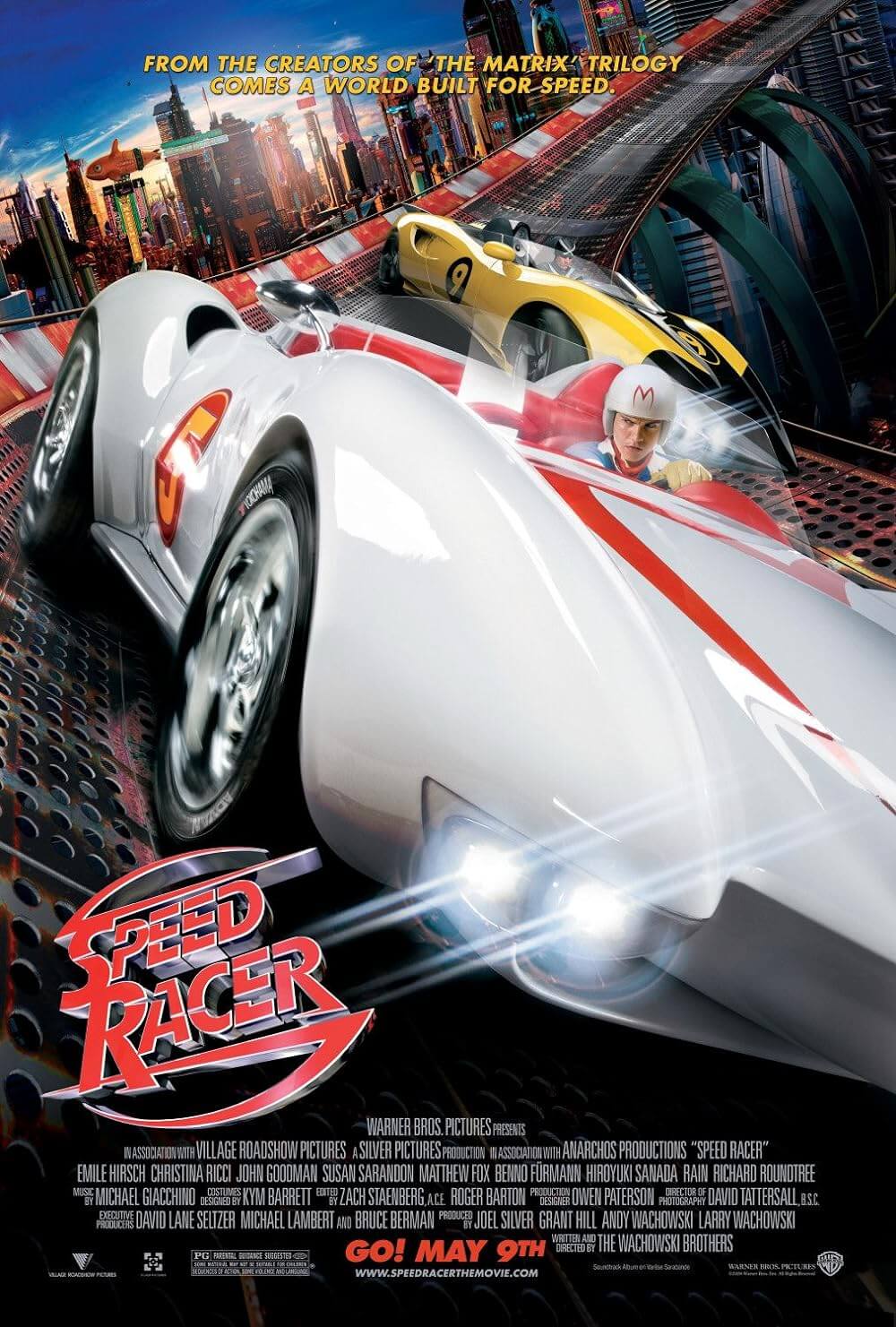
Thank You for Supporting Independent Film Criticism
If the work on DFR has added something meaningful to your love of movies, please consider supporting it.
Here are a few ways to show your support: make a one-time donation, join DFR’s Patreon for access to exclusive writing, or show your support in other ways.
Your contribution helps keep this site running independently. However you choose to support the site, please know that it’s appreciated.
Thank you for reading, and for making this work possible.
Brian Eggert | Critic, Founder
Deep Focus Review


